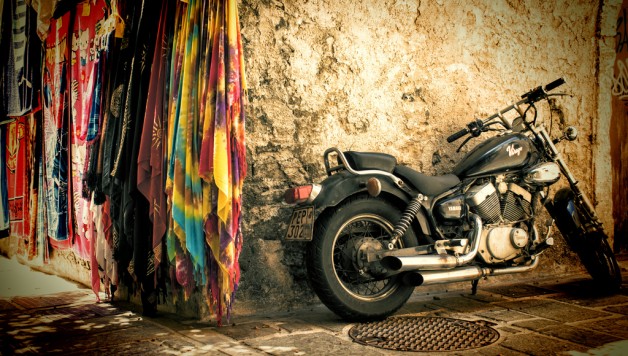Cross-Country Motorcycle Trips
Cross-country travel is nothing new. As long as Americans have had the means to do it, they have traveled from one coast of this great country to the next, and even beyond its borders. It started with wagons and stage coaches, then trains, then automobiles and motorcycles. We have songs, like Route 66, that are dedicated to traveling the highways and byways of this country; and Jack Kerouac’s On the Road inspired a generation of “road” scholars.
Although road travel has fallen out of vogue with the luxury set, after all planes are faster and more comfortable, there are still those who prefer the freedom and romance of the open road to the sterile convenience of a tin can. With the advent of larger, luxury bikes, cross-country and international motorcycling is becoming increasingly popular. If you are an avid rider, you might consider a motorcycle tour for your next vacation; and here are some things to consider if you do.
Planning
Get your bike checked and maintenance before you hit the road. Make sure the tires are properly inflated, that your cables, controls, and lights are all working, the chassis and stands are all in good condition, and that your oil and fluid levels are optimal.
Even if your goal is to just explore the countryside, you need a basic idea of where you want to explore and which routes to take. Unlike cars or RVs, motorcycles can use less gas, but they also have smaller tanks. Planning your route means you’ll be less likely find yourself stuck on an unknown road, with your tank hovering near “E”, and no idea of where the next gas station is. Also, because you’ll be more exposed to the weather, you’ll need a route that will give you ample opportunity to find shelter in the event of a flash rain storm, and other weather conditions.
You should also make sure all of your paperwork is up-to-date, including your motorcycle insurance and health insurance. We don’t like to think about motorcycle accidents, but they are a possibility. In fact 93,000 motorcyclists were injured in accidents, in 2012 alone. Additionally, in many cases, it’s other vehicles that are at fault. So, it’s important to make sure your insurance is up-to-date and that you have the names of contact people somewhere on your person, so the EMTs can find it. It also couldn’t hurt to have the name of a motorcycle accident attorney, or two, just in case.
Last year, Harry was traveling from Michigan to Chile. He was outside San Diego when he got clipped by a minivan. He was lucky in that he only suffered minor injuries, and even luckier still that he had compiled a list of lawyers along his route, and had the name of a motorcycle accident attorney on hand.
Packing
Even the largest touring bikes don’t have nearly as much space as your average car, which means you need to pack economically, but smartly. You need to have enough stuff to be comfortable, but not so much that you end up bogging yourself down.
If you don’t already have one, invest in a luggage rack for your bike. Some riders prefer backpacks, but they can actually become uncomfortable and distracting after hours of riding.
Invest in a waterproof riding suit, so that you have something light-weight and waterproof to slip on if you do get caught out in the weather.
Create a packing list, and edit it often. If there are items that you can get cheaply on the road, then cull them from the list. It will save you space in the long run.
Pack practical layers. Depending on where you are, you could experience serious weather fluctuations that have you sweating in 90-degree humidity one moment, and then shivering in 50-degree drizzle. Practical layers of clothing will help you adjust to those extremes. It will also help you plan what to wear on the days you’re not traveling.
The most important thing is to have fun. Motorcycle trips can be a great way for you to get in touch with nature, get to know this great country, and get closer to your partner. But it’s also important to be safe and comfortable.
photo credit: Theophilos via photopin cc













